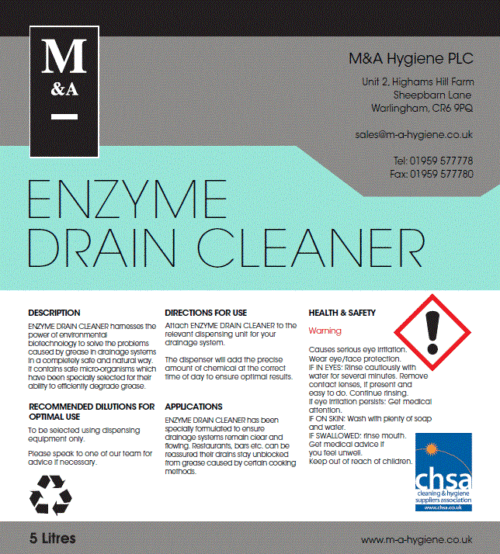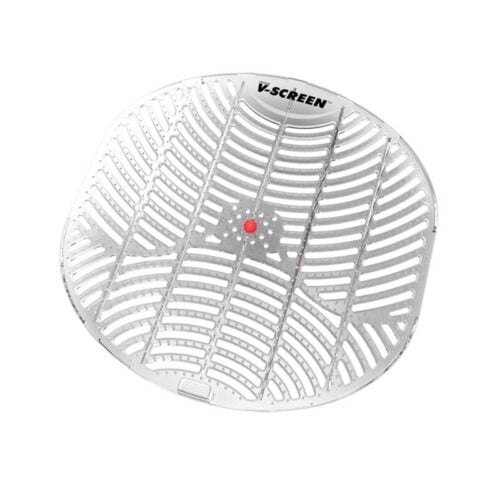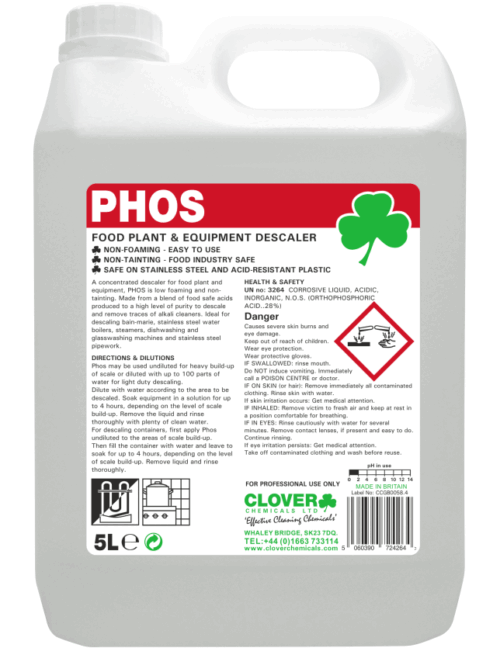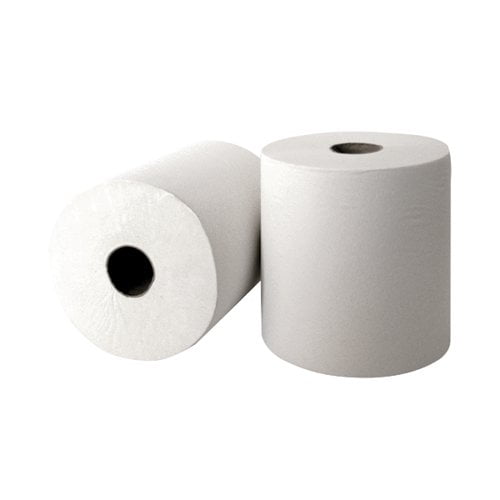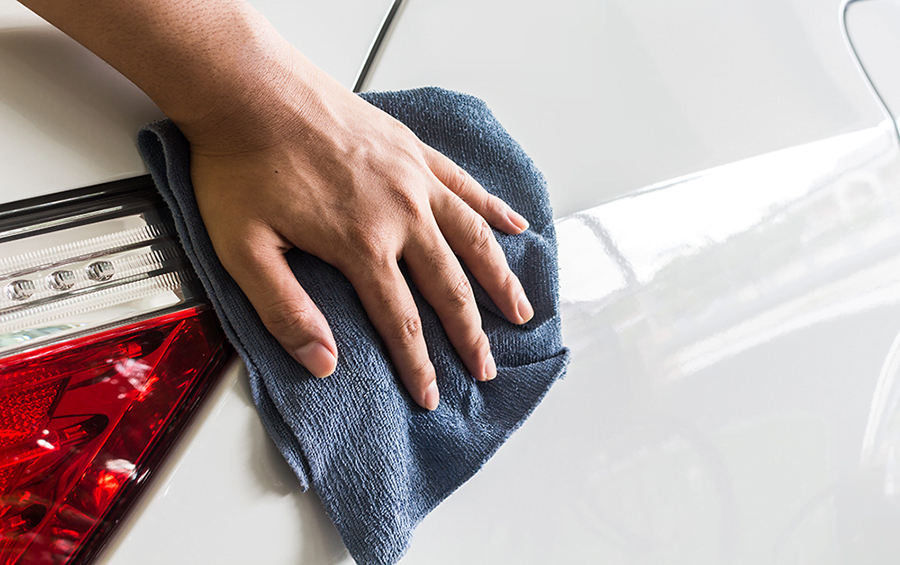
A Microfibre cloth, as the name suggests, is made up of tiny fibres. To be specific, a microfibre is defined as being no greater than 1 denier. What does that mean you ask? Well, a denier is a unit of measurement specific to the textile industry and indicates a weight of one gram per 9000 metres of material.
To put this measurement into more manageable terms, a fibre found within a microfibre cloth would typically be 1/100 the diameter of a human hair. In other words, the fibres are extremely fine.
Why are Microfibre Cloths ideal for cleaning?
The science behind these cloths is fairly simple; first of all, Split microfiber is positively charged which causes it to attract dust particles (which are negatively charged). This results in a dry microfibre cloth picking up dust effortlessly from every surface that you wipe it across.
Secondly, because the fibres in the cloth are so fine, they are naturally absorbent of water and other liquids. The really impressive attribute of a microfibre cloth is that it can hold up to 7 times its own weight in liquid. So you can imagine how effective this makes the cloth when it comes to cleaning up spillages.
The other knock-on effect of this attribute is that a microfibre cloth doesn’t typically leave smears or stains behind: because it is so absorbent it will naturally soak up all of the residue from a surface that would otherwise leave a streak. This makes the cloth ideal for cleaning windows and other surfaces which require a pristine finish post-clean.
What are the most common uses for microfibre cloths?
There are so many uses for these cloths – broadly speaking, anywhere type of surface you might want to clean, would likely be ideally suited to a microfibre cloth.
However, there are some common places where these cloths tend to be used, including:
- General dusting around your home
- Cleaning surfaces within an office environment
- Wiping down kitchen counters
- Cleaning food-prep areas
- Cleaning car interiors and exteriors
- Cleaning home and office appliances
- Cleaning computer equipment
- Cleaning glass and other shiny surfaces
How to get the most from your microfibre cloth
A microfibre cloth is extremely versatile and can be used in many ways. You can clean surfaces with a dry cloth if you want to pick up dust and other minor surface debris.
These cloths can also be used with water. This is ideal if you have very dusty surfaces or if you are removing stains from a surface. Simply add some water to the cloth and then ring it out to remove as much excess water as possible. Once you have done this, the cloth can be taken across the surface and it will clean most typical stains whilst also maintaining its absorbent qualities.
For really stubborn stains or specialist use-cases, you can also add a cleaning chemical to the microfibre cloth; this can be done in much the same way that you would add water; either by dipping the cloth into a cleaning solution and then ringing out the excess liquid or by spraying the cleaning fluid onto the surface prior to running over it with the microfibre cloth.
Taking care of your microfibre cloth
Once you have finished cleaning with the microfibre cloth it is important to take care of your cloth. This is especially important if you are using the cloth with a chemical cleaner, but it is also good practice even if you are using the cloth dry.
The benefit of cleaning the cloth after use is to keep the cloth free from debris, which over time would otherwise decrease the effectiveness of your microfibre cloth.
You can keep the cloth clean by either handwashing it in warm water, or if your cloth is particularly dirty you can machine-wash the cloth on a quick rinse and optionally add a mild detergent.
You should avoid using a fabric softener or bleach when cleaning as this can impact on the performance of your microfibre cloth.



